
Author, Editor, & Content Marketer with 10+ Years of Experience Building YMYL Brands
I'm Kari Dahlgren, content strategist and NBC-HWC with a decade of experience writing, editing, and scaling health content that’s clear, credible, and human. From long-form SEO articles to conversion-focused email automation, I build full-funnel content systems that grow traffic, build trust, and support meaningful action—especially in sensitive, high-stakes Your Money Your Life (YMYL) spaces.
Featured Work
Flint Rehab
At Flint Rehab, I led content strategy that scaled the blog from 1K to 7.7 million annual visits and grew the email list from zero to 205K+ subscribers. I wrote over 1,000+ long-form articles on stroke recovery, neuroplasticity, and mental health—translating complex medical concepts into accessible, empathetic content. To ensure clinical accuracy, I hired and managed a team of licensed therapists to medically review every article. Our work helped make Flint Rehab one of the most trusted online sources for stroke recovery.
Sample Articles
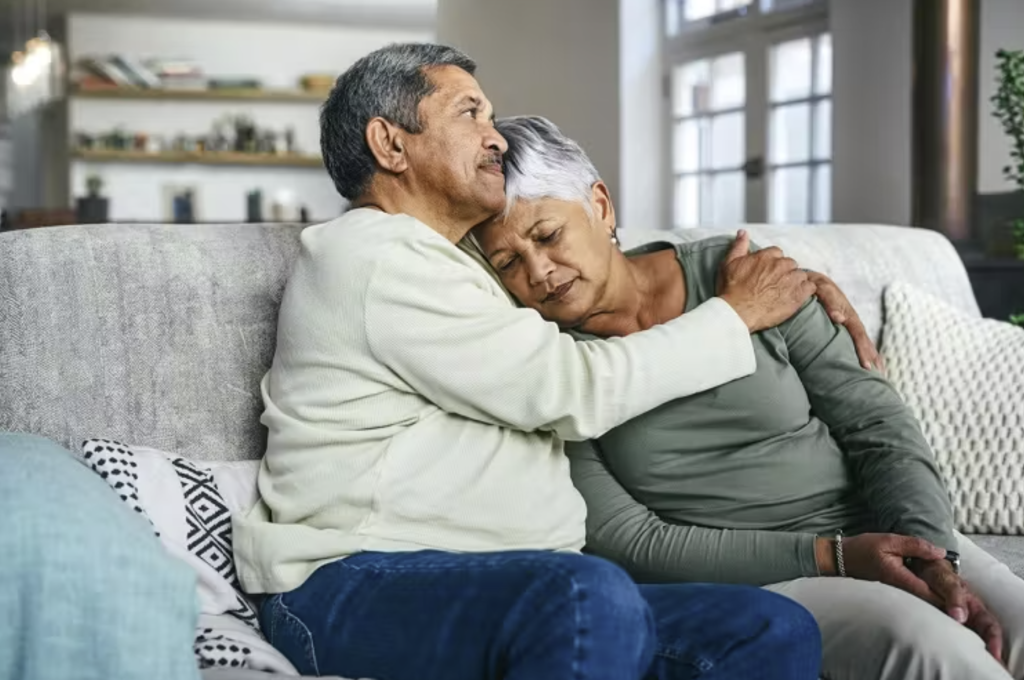
Medically reviewed by Mariah Kellogg PT, DPT
Last updated January 10, 2023
Navigating the 5 Stages of Grief After Stroke
Grief after stroke is a challenge that many survivors and caregivers face. When your life changes overnight, it’s only natural to feel grief – and everyone experiences it differently. After a stroke, it helps to understand the stages of grief that you may go through. Through self-understanding and healthy coping mechanisms, you can help yourself reach the last stage of grief, which is acceptance...
Medically reviewed by Mariah Kellogg PT, DPT
Last updated November 9, 2022
Understanding Life After a Stroke: How to Navigate the Road to Recovery
Life after stroke involves many new changes and sometimes challenges. Fortunately, there is hope for recovery through rehabilitation and determination. Survivors may need to make adjustments to their day-to-day life depending on the effects of their stroke, which can be physical, cognitive, and even emotional. Healing after a stroke may take time, but it helps to know you are not alone...

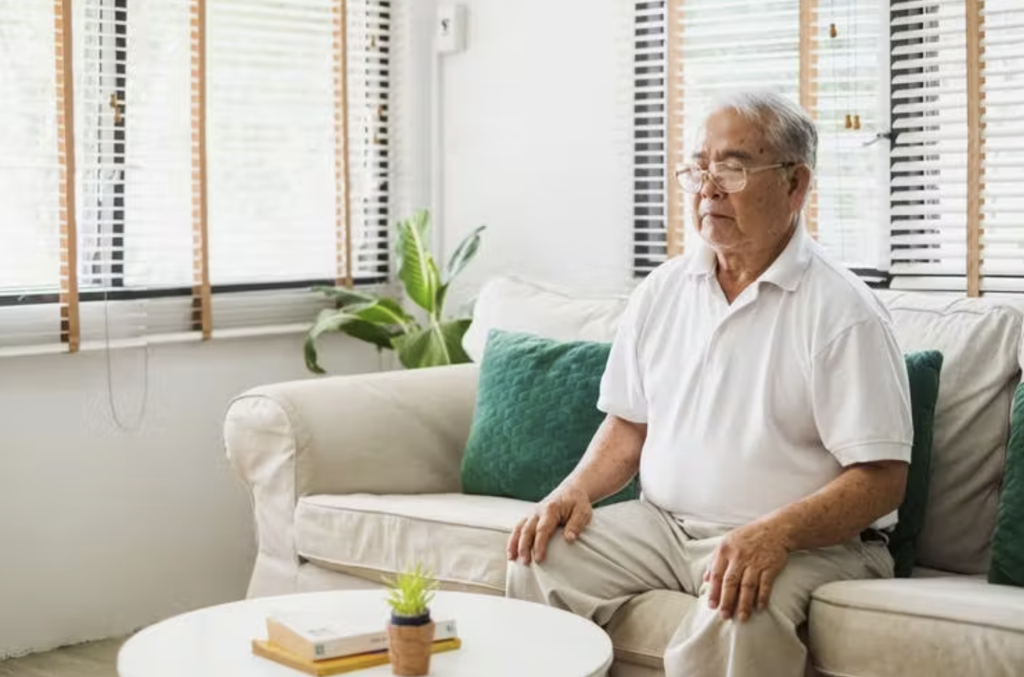
Medically reviewed by Elizabeth Denslow, OTR/L
Last updated October 6, 2022
Mental Practice for Stroke Patients: How to Use Visualization to Boost Your Recovery
Mental practice, also called motor imagery, involves visualizing yourself performing a movement without actually moving at all. During stroke rehabilitation, mental practice is an ideal recovery treatment technique for improving mobility, especially for individuals who struggle with post-stroke paralysis or other types of limited mobility...
Published December 1, 2016
4.5 star rating, based on 231 reviews
Paperback: Healing & Happiness After Stroke (Available on Amazon)
While leading content at Flint Rehab, I noticed a glaring gap in the literature: everyone was talking about physical rehab, but almost no one was addressing the emotional side of recovery like grief, depression, identity loss, or the sheer mental exhaustion of starting over. I wrote Healing & Happiness After Stroke to help fill that gap. This book reflects my core strength as a writer: translating sensitive, complex health topics into human-centered content that builds trust and meets people where they are.
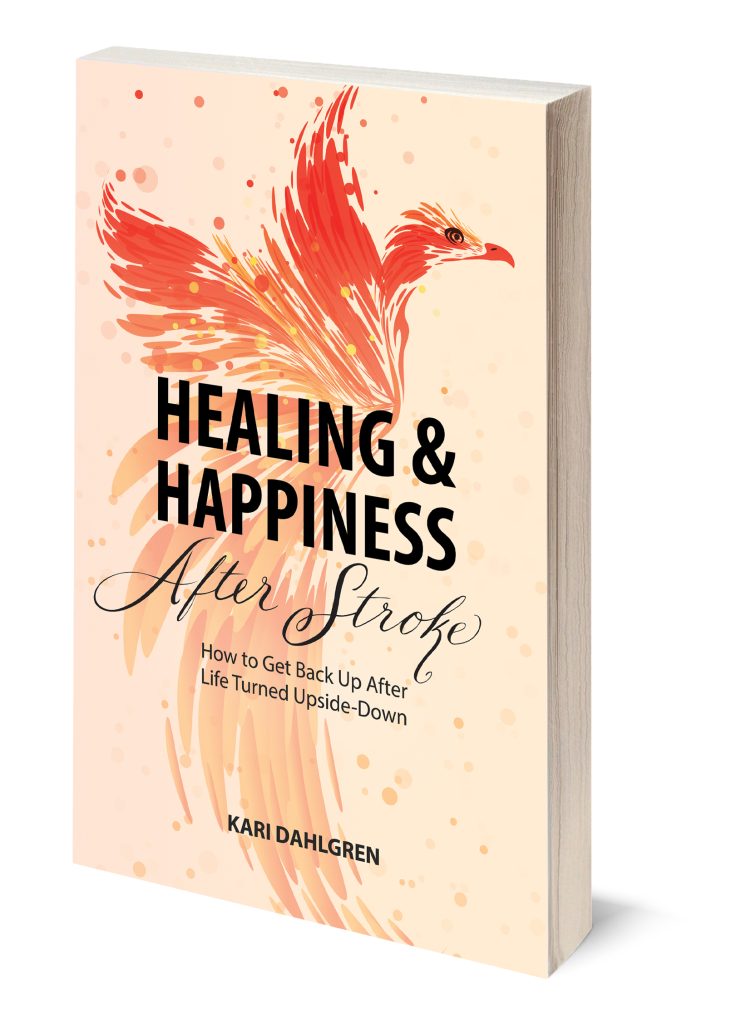
KariDahlgren.net
Through my personal brand, I write about the intersection of eating psychology, spirituality, and behavior change—helping people heal their relationship with food through emotional awareness and intuitive practices. I lead all editorial strategy, write and edit every article, and maintain a high-performing email funnel that turns organic visitors into course and coaching clients. Each article is thoroughly researched and supported by the latest clinical studies, ensuring that even self-published YMYL content meets a high bar for clarity, trust, and responsibility.
Sample Articles

Written by Kari Dahlgren, NBC-HWC
Evidence-Based: 10 Sources Cited
Last updated May 26, 2025
How to Stop Using Food as a Reward: The Psychology of Empowered Eating
Have you ever reached for a slice of cake or a bag of chips as a treat for getting through a tough day? Many of us are familiar with the ritual of using treats to reward ourselves, and there are many reasons why this habit can feel hard to break...
Written by Kari Dahlgren, NBC-HWC
Evidence-Based: 19 Sources Cited
Last updated March 7, 2025
Understanding Hedonic Eating: How to Stop Eating for Pleasure Beyond Physical Hunger
Hedonic eating is the act of eating for pleasure rather than physical hunger. It involves hyperpalatable foods—those high in fat, sugar, salt, or refined carbs—that are particularly hard to resist. Ever find yourself craving something sweet after dinner? If you’re already full but still reach for dessert, that’s hedonic eating in action...
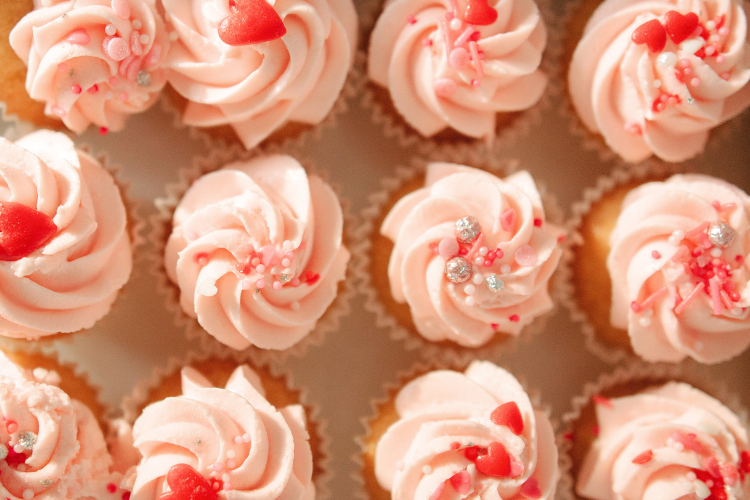
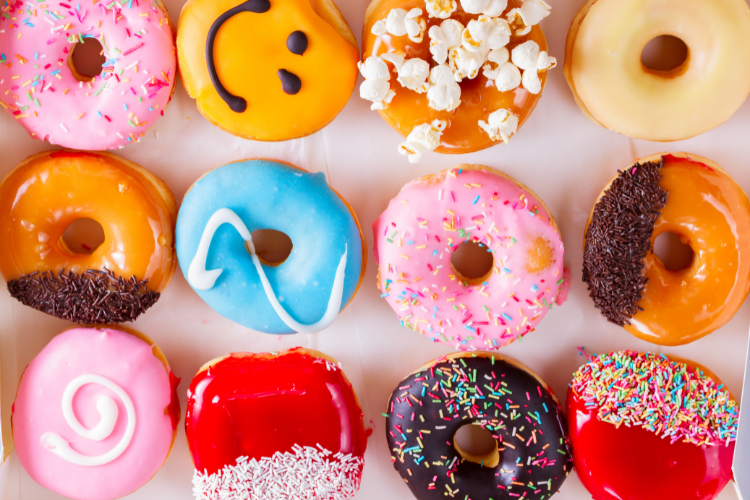
Written by Kari Dahlgren, NBC-HWC
Evidence-Based: 14 Sources Cited
Last updated May 4, 2024
How to Avoid Junk Food—By Embracing It: The Evidence-Based Power of Reverse Psychology
Do you ever feel like you tend to eat the most junk food after a spell of eating well? Make no mistake—it is not a coincidence. Research shows that the more we try to resist junk food, the more we crave it.
Tiny Buddha
My guest essays for Tiny Buddha were written during times of transition—when I was working through anxiety, navigating self-doubt, and redefining what love and connection meant to me. These pieces are personal and introspective, written to make sense of my own experiences and, hopefully, help others feel a little less alone in theirs.
Sample Articles

Submitted October 30, 2024
5 Unexpected Ways to Find the Right Mate
Over a transformative two-year period, marked by deep inner work and self-discovery, I stumbled upon a series of steps that helped me find a fulfilling partnership. My life essentially followed the cycle of the phoenix: First, it went up in spectacular flames before emerging more aligned than ever. I had to step into total darkness before seismic shifts brought me back to lightness...
Submitted May 1, 2018
3 Ways to Stop Worrying and Feel Less Anxious
Do you consider yourself a worrier? Maybe even a perfectionist or Type A personality? When I’m not at my best, I can be all of those things combined. (Not cute, I know.) Because of this, I know exactly what it feels like to be stuck in my head, with tightness in my chest and emotional wrenches in my gut...


Submitted October 24, 2016
How to Overcome Fear and Live Your Dream by Changing Your Brain
Fear used to be the driving force in my life. I didn’t even know that I was living in fear at the time. I hid behind labels like “stress” and “anxiety,” but those are just clinical terms for fear. Truthfully, my dreams terrified me because they seemed way too big to achieve. At the time, I wanted to excel in my new career, get into the best shape of my life, and create meaningful relationships—and I felt like I had a long way to go...